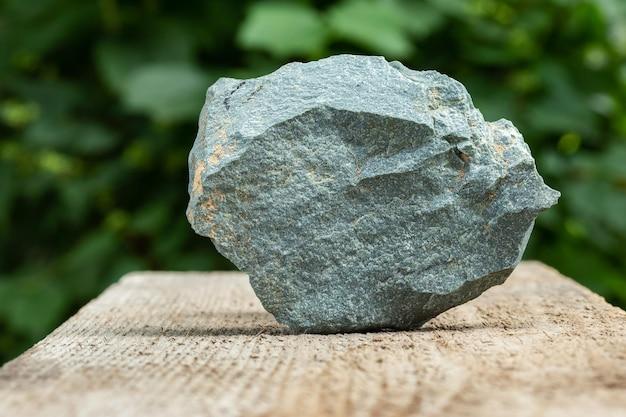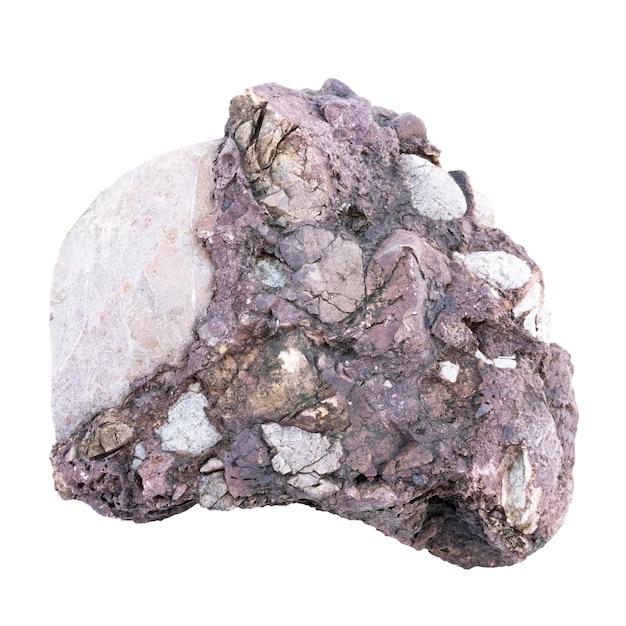Rock samples come in all shapes and sizes, and determining their density is essential for understanding their composition and potential uses. Whether you’re a geology enthusiast or a student working on a science project, finding the density of a rock sample can be both fascinating and informative.
In this blog post, we will delve into various methods and techniques for accurately determining the density of a rock sample. We’ll explore questions like: What exactly is density? How can you find the volume of a piece of stone? And most importantly, how do you calculate the density of a rock sample using these measurements?
So if you’re ready to unravel the secrets hidden within rocks and gain a deeper understanding of their properties, let’s dive into the world of rock density exploration!

How to Determine the Density of a Rock Sample
So you’re sitting there, staring at a rock, and you can’t help but wonder: “What is the density of this magnificent object?” Fear not, my friend, for I am here to guide you on this quest for density knowledge. In this subsection, we will explore the fascinating world of rock density determination and uncover the secrets to answering that age-old question: How do you find the density of a rock sample?
The Weighing Method: A Rock n’ Roll Adventure
Weighing the Rock
The first step in finding the density of a rock sample is to weigh it. Get yourself a trusty scale – preferably a digital one, we’re all about accuracy here – and place your rock on it. Make sure to note down the weight in grams, or if you’re feeling fancy, you can use ounces, but be prepared for some conversion math later on.
Dive into the Ocean of Water Displacement
Now that we know the weight, it’s time to navigate the deep seas of water displacement. Fill a container with water, making sure it’s large enough to hold your rock entirely. Take a leap of faith and drop your rock into the water, making sure not to splash too much. The water level will rise, and that’s where the magic happens!
Pick Up the Magic Wand: Calculations
Grab your calculator and get ready for some enchanting calculations. Measure the increase in water level and record this value in milliliters. Now, convert that milliliter value into cubic centimeters. Remember, 1 milliliter equals 1 cubic centimeter, so no need to lose sleep over complex math formulas.
Embrace the Density Formula Dance
Density: The Cool Equation
Ladies and gentlemen, get ready to learn the formula that will make you feel like a mathematical wizard! Drum roll, please… Density equals mass divided by volume. Yes, it’s that simple! But before you break out your dancing shoes, we need to cover a couple more steps.
Convert Measurements to the Metric System
Most scientists around the world use the metric system, so let’s join the party. Convert your mass measurement from ounces to grams or pounds to kilograms because metrics are cool, and we want to fit right in. Also, make sure your volume is measured in cubic centimeters, as density is all about that metric life.
Do the Math and Reveal the Density!
Now that our measurements are nice and metric, it’s time to work that equation. Divide the mass of your rock in grams by its volume in cubic centimeters, and voilà! The resulting value is the density of your rock sample.
Congratulations, my geologically inclined friend! You have successfully traveled the treacherous path to determine the density of a rock sample. Take a moment to marvel at your newfound knowledge, and remember, the density of a rock is like its secret identity – it reveals a lot about what lies beneath the surface. So go forth, share this rockin’ information with the world, and never stop satisfying your curiosity about the fascinating wonders of the natural world!
Reference: no rocks were harmed during the making of this blog post.

FAQ: How do you find the density of a rock sample
What is the density of the stone
Density is a measure of how much mass is packed into a given volume. It tells us how heavy something is for its size. In the case of a rock sample, density gives us an idea of how compact or dense the rock is.
What is the most accurate way to find volume
To find the volume of the rock sample, you can use the water displacement method. Fill a graduated cylinder with water and record the initial volume. Carefully lower the rock into the cylinder, making sure it is completely immersed, and note the new volume. The difference between the initial and final volumes is equal to the volume occupied by the rock.
How do you find the density of a rock sample
Finding the density of a rock sample is a piece of cake once you have its mass and volume. Simply divide the mass of the rock by its volume. Voila! You’ve got the density. Keep in mind that density is typically expressed in units of grams per cubic centimeter (g/cm³), so make sure your mass and volume are measured in the appropriate units to get accurate results.
How do you find the volume of a piece of stone
Ah, the age-old question: how do you measure the volume of a piece of stone without a shrink ray? Fear not, for there are ways! As we mentioned earlier, the water displacement method works like a charm. But if you’re feeling a bit fancy, you can also try the geometric method. Measure the length, width, and height of the stone with a ruler, and calculate the volume using the formula for the shape it resembles. If it’s a rectangular stone, it’s as simple as multiplying the length, width, and height. If it’s a oddly-shaped stone, well, let’s just say you’ll have a fun time with some math gymnastics!
